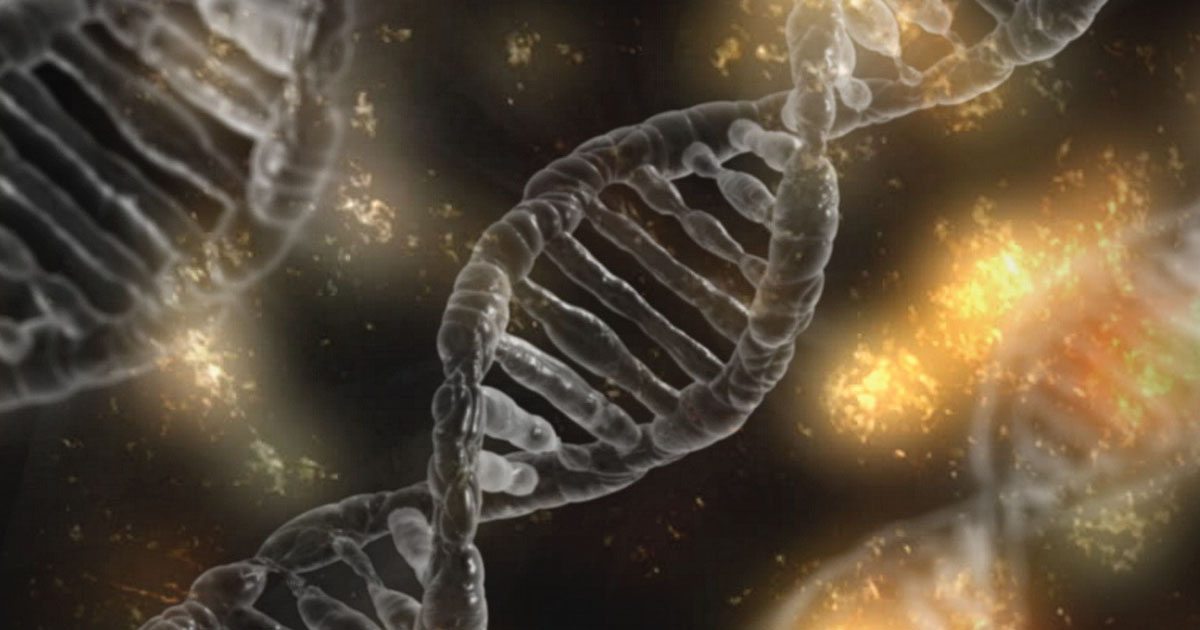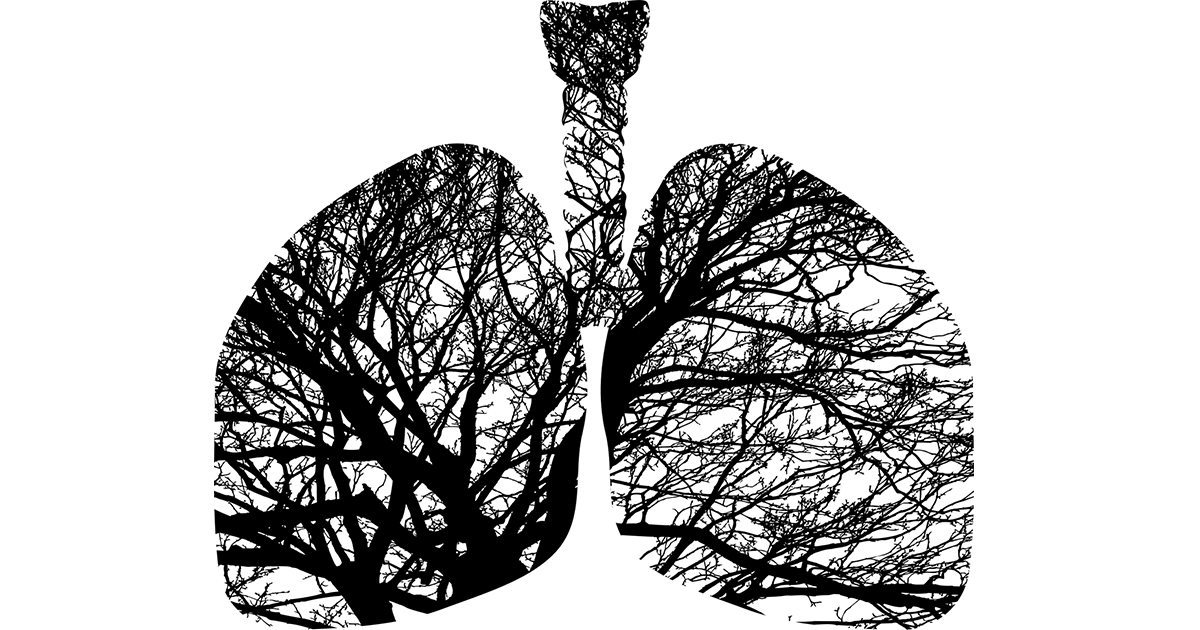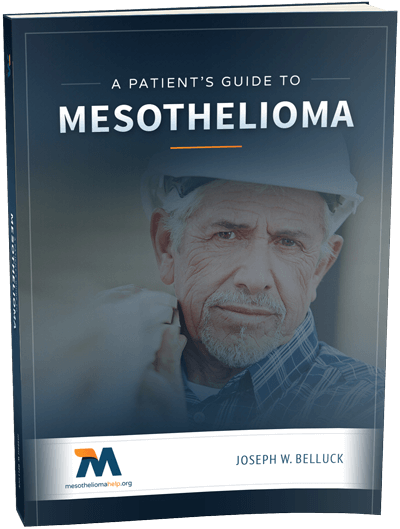Mesothelioma Help Cancer News

Allied Health Professionals Honored This Week, Provide Critical Support to Mesothelioma Patients
Mesothelioma, known to be caused by exposure to asbestos, is an aggressive cancer that is challenging to treat. When mesothelioma patients are not in the hospital for surgery or inpatient procedures, they are often receiving radiation, chemotherapy or having lab work done. With all these visits to the hospital and their doctors’ offices, mesothelioma patients and their family encounter allied health professionals nearly every day. This week, for all they do, allied health professionals are being recognized during National Allied Health Professionals Week. The week runs November 6-12.
According to ExploreHealthCareers.org there are 5 million allied health care providers in the U.S., who work in more than 80 different professions. Distinct from doctors and nurses, allied health professionals collaborate with physicians and other members of the health care team to deliver patient care services. They also provide a wide range of services including diagnostic, technical, therapeutic and direct patient care services.
Due to the rare and complex nature of mesothelioma, a large number of allied health professionals are needed to provide the appropriate level of support mesothelioma patients require. Allied health professionals are either technicians (assistants) or therapists/technologists. Technicians are trained to perform procedures, but are required to work under the supervision of technologists or therapists. Typically, a technologist gets a certificate with 2 years or less of higher education, and includes professions such as physical therapy assistants, medical laboratory technicians, radiological technicians and respiratory therapy technicians.
The field of allied health professions is one of the few areas of employment that are continuing to grow in the United States. According to the North Carolina Health Professions Data System, in North Carolina alone the number of allied health jobs increased by over 67 percent from 1999-2009. Healthcare jobs continue to be resilient to the current recession.
Since mesothelioma is such a complex disease, it is important for patients to receive multidisciplinary care from a team of specialists that is not limited to physicians or nurses. Following is a short list of allied health professionals that may be involved in the care of a mesothelioma patient:
- Respiratory Therapists. Evaluate, treat and care for patients with breathing or other cardiopulmonary disorders. Highly trained respiratory therapists may assume primary responsibility for all respiratory care, therapeutic treatments and diagnostic procedures.
- Anesthesiologist Assistants. Under supervision of licensed anesthesiologists (doctors), they operate anesthesia equipment, monitor patients, and assist in providing patient care before, during and after anesthesia.
- Cardiopulmonary Rehabilitation Specialist. Help patients understand and manage their heart or lung disease so they can live longer and do more, primarily by making sure the patient understands his condition and his medical regimen.
- Clinical Laboratory Science professionals. While not directly involved in the care of the patient, a medical technologist can discover the presence or absence of a disease. They typically maintain vital data for identifying and treating mesothelioma and other health conditions.
- Health Information Manager. These professionals manage and maintain all of the medical information vital to providing care to the patient. The health manager must capture each piece of information that is tracked every time health care personnel treats the patient including medical history, results of examinations, results of X-rays and laboratory tests, diagnoses, and treatment plans.
Allied health professionals have chosen a career where many must work long days, work under pressure and face life-and-death situations daily. If you see any this week, be sure to take a moment to thank them for their hard work and dedication.
For a list of Allied Health Professionals see ExploreHealthCareers.org .

Symposium to Focus on the Genetic Link to Mesothelioma
The University of Hawaii Cancer Center and Queen’s Medical Center are co-sponsoring the third annual Translational Cancer Medicine Symposium: “Mesothelioma-Melanoma Cancer Syndrome: Gene-Environment Interaction?” on December 2, at the Queen’s Conference Center in Honolulu, Hawaii. Researchers in cancer genetics will convene to discuss the recent discovery of the BAP1 genetic mutation and its link to mesothelioma, melanoma and possibly other cancers.
In a study led by Michele Carbone, M.D., Ph.D., director of the University of Hawaii Cancer Center, the researchers found that mutations of the BAP1 gene, which is involved in tumor suppression, might underlie mesothelioma in people with a strong family history of the disease. The study was designed to identify individuals at high risk of mesothelioma.
Mesothelioma is a rare form of cancer that can form in the lining of the lungs, abdomen or heart which was previously only known to occur as a result of exposure to asbestos. In another study, however, Carbone and his team have subsequently determined that erionite, a mineral used in road gravel in several US states, can also lead to the development of mesothelioma.
The Symposium will feature more than 20 global experts on cancer genetics including Carlo M. Croce, M.D., Director of the Human Cancer Genetics Program at Ohio State University; Joseph Testa, Ph.D., Director of the Genomics Facility at Fox Chase Cancer Center in Philadelphia and Michele Carbone, M.D., Director of the University of Hawaii Cancer Center.
“We are excited to bring these experts to Hawaii to work together to find ways to reduce the suffering and death caused by this mutation,” Carbone said in a prepared statement issued by the University of Hawaii Cancer Center.
Often called “asbestos cancer,” mesothelioma is highly aggressive and is resistant to many cancer treatments. Currently there is no known cure for mesothelioma, and the average survival time varies from 4 – 18 months after diagnosis. Approximately 3,000 Americans are diagnosed with the disease each year.
See the Symposium brochure for more information.

Even Brief Exposure to Asbestos May Cause Mesothelioma
A recent report in theInternational Journal of Occupational and Environmental Health describes the case of a 58-year-old man who developed mesothelioma from exposure to asbestos-containing gaskets during a high school summer job.
Mesothelioma, a cancer of the lining of the lung, chest cavity and abdominal cavity, is a signature disease of asbestos exposure. According to the article, the man was exposed to crocidolite asbestos starting at age 16 during three summers and for approximately four hours a day during his senior year of high school. He had no further known exposure to asbestos.
Laboratory analysis of samples of lung tissue revealed elevated levels of crocidolite asbestos fibers. The case helps establish that relatively short and/or intense exposure to crocidolite can lead to asbestos disease.
Crocidolite is one of the six naturally-occurring fibrous minerals that are currently regulated as “asbestos.” Asbestos had many commercial applications, including building materials, auto parts and industrial gaskets. But its use was reduced in the last 1970s because of the occupational hazard it posed to workers. All forms of asbestos cause cancer, including mesothelioma and lung cancer, according to the World Health Organization.
It is estimated that between 1940 and 1980, 27 million Americans has significant occupational exposure to asbestos in their workplaces. Exposure to asbestos may cause mesothelioma, a cancer of the lining of the lung and abdomen, as well as lung cancer and asbestosis, a scarring of the lung that causes breathing problems. Chrysotile is the most common form of asbestos while crocidolite is considering among the most deadly.
Approximately, 2,500 to 3,000 people in the U.S. are diagnosed with mesothelioma each year. For most, the symptoms appear 20 years to 50 years after exposure. There is no known cure for mesothelioma, but there are treatment options available including surgery, radiation and chemotherapy to manage the cancer.

Cancer Genetics Symposium Planned in Hawaii to Focus on Mesothelioma
Researchers in cancer genetics will gather in Hawaii in December to discuss the recent discovery of the BAP1 genetic mutation and its link to mesothelioma, melanoma and possibly other cancers. The University of Hawaii Cancer Center and the Queen’s Medical Center will host the international symposium on Dec. 2
Mesothelioma, a cancer of the lining of the lung or abdominal cavity, is typically associated with exposure to asbestos or erionite, a mineral fiber similar to asbestos. Microscopic fibers of asbestos are inhaled and may remain deep in the lung, causing inflammation, scarring and eventually disease.
The third annual Translational Cancer Medicine Symposium will feature more than 20 global experts on cancer genetics including Carol M. Croce, M.D., Director of the Human Cancer Genetics Program at Ohio State University; Joseph Testa, Ph.D., Director of the Genomics Facility at Fox Chase Cancer Center and Michele Carbone, M.D., Director of the University of Hawaii Cancer Center.
A mesothelioma research team at the University of Hawaii Cancer Center led by Carbone announced in August the discovery of BAP1 gene mutation’s link to mesothelioma and other cancers. It is the first study to demonstration that family genetics can influence susceptibility to mesothelioma.
“We are excited to bring these experts to Hawaii to work together to find ways to reduce the suffering and death caused by this mutation,” Cabone said in a prepared statement issued by the University of Hawaii Cancer Center.
Mesothelioma causes the deaths of about 2,500 to 3,000 people a year in the United States and tens of thousands worldwide. People typically develop mesothelioma symptoms 20 years to 50 years after exposure to asbestos, though only a portion of those exposed to asbestos develops mesothelioma. Rates of new cases of mesothelioma in parts of the world including Europe and China, have risen steadily in the past decade.
The identification of the BAP1 cancer syndrome, caused by an inherited mutation of the BAP1 gene, offers a new tool to identify people at high risk of developing mesothelioma. It may lead to early detection of the cancer and benefit people who have an occupational hazard of exposure to asbestos in the workplace. When individuals with the BAP1 mutation are exposed to asbestos, mesothelioma may cause the death of 50 percent of the family members—a far greater incidence than in the population at large, the researchers found.
Managing Mesothelioma Symptoms Through Holistic Treatments
Mesothelioma is a serious and rare cancer that occurs in individuals that have either inhaled or swallowed asbestos fibers. The fibers then travel through the body becoming lodged, resulting in cancer typically decades later. Currently there is no known cure for mesothelioma, and the prognosis is grim with the average survival time varying from 4 – 18 months after diagnosis.
Often called “asbestos cancer,” mesothelioma is highly aggressive and is resistant to many current treatments. Patients often face surgery, chemotherapy and radiation, as well as being barraged with prescription medicines to relieve the symptoms of the disease and the side effects of the treatment.
More and more mesothelioma patients are looking for non-traditional ways to beat the cancer and to improve their quality of life. Doctors are becoming more supportive, and even encourage their patients to look for alternative treatments of holistic care and alternative therapies that focus on improving their emotional and physical well-being.
What Is Holistic Medicine?
Holistic medicine is an alternative care approach that treats a patient as a “whole” person as opposed to simply treating the symptoms and illness. Holistic care looks at an individual’s physical, emotional, and spiritual well-being in an attempt to improve the health and prevent further illness. The concept follows Aristotle’s theory that “the whole is more than the sum of its parts.”
Holistic practitioners believe that there is no limit to the range of diseases that can be treated, although alternative medicine does not specifically focus on a disease. For example, mesothelioma is not treated; rather the body and immune system are strengthened allowing the body’s defense mechanisms to heal the cancer. The approach works on balancing the body, mind, spirit, and emotions while improving the immune system as the entire being begins functioning smoothly. An illness, disease, or disorder is seen as an imbalance in the body’s systems.
Alternative medicine and holistic practice have been around for centuries, but only relatively recently has the modern medical field begun to accept it and begin to integrate it into the health care system and treatment for patients. Holistic therapies tend to emphasize proper nutrition, avoidance of chemical substances, use of homeopathic remedies, and meditation techniques. Holistic care techniques are non-invasive.
Some of the major holistic therapies include ayurveda, chiropractic, homeopathy, traditional Chinese medicine, naturopathy, Unani, stress reduction, and reflexology.
Hypnosis for Pain Management
Trying to limit the amount of pills ingested into their system, some mesothelioma patients are turning to hypnosis as a way to manage their pain. Hypnosis is becoming more popular in clinical settings and is used to help people stop smoking, lose weight, and now, deal with pain.
Hypnotherapy, when performed by a trained specialist, has been proven to be a powerful and effective procedure for many people. The hypnotist slowly brings the patient to a state of high concentration allowing him to have a strict focus. The person then “projects” himself to, or envisions himself in, another place or state where he can block pain awareness or substitutes other sensations for the painful ones.
Hypnosis is considered an unconventional therapy and is often used with other holistic treatments including yoga and meditation. Hypnosis is not effective for everyone.
Supplements and Lifestyle Changes
Some mesothelioma patients decide not to embark on the path of standard treatment and opt instead for alternative treatments and lifestyle and dietary changes.
Through radical lifestyle changes and by altering their diet by adding a regimen of vitamins, herbs, amino acids and other immune boosting therapies and supplements, some find without the often debilitating side effects from chemotherapy they can continue to live their lives as they had before their diagnosis.
Focusing on the power of the mind-body connection choosing to be optimistic and positive is also beneficial. By reaffirming a focus in life and the reason living, taking on their emotional healing can bring physical healing.
By choosing to manage their shortened life outside a clinical setting, those that opt for holistic care feel empowered by their choices. Even though they know they will probably not be cured, they believe continuing to live their life as they choose is important for them and their families.
Free Mesothelioma Patient & Treatment Guide
We’d like to offer you our in-depth guide, “A Patient’s Guide to Mesothelioma,” absolutely free of charge.
It contains a wealth of information and resources to help you better understand the condition, choose (and afford) appropriate treatment, and exercise your legal right to compensation.
Download Now